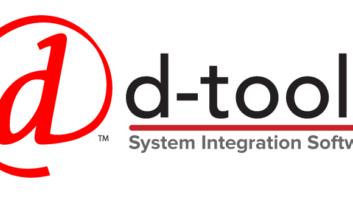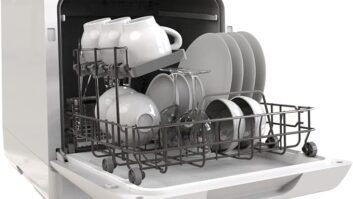TWICE: What are the drivers for the SLR market in the future? Are new SLR buyers embracing the accessories, the lenses, the flashes, the tripods, the universe of gear that accompanies an SLR? Are they buying into the system concept?
Lee: Well, I can certainly say for Nikon that they are totally embracing the system. One of the reasons we see continued growth is that we’ve always supported a very broad and full system. Our accessory lens sales continue to be a very dramatic growth area. We have a lens in 18mm to 200mm which has become just a great success for us.
It’s pretty amazing when you look at a price point of an $800 lens and you look at the rate of sale that you get with that. The digital SLR customer is very different than the film SLR customer. They get an instant response. It gets their creative juices flowing because they see immediately what’s happening. This excitement feeds on itself.
Lubell: I would agree with David on that point. I think, looking at the consumers that are buying SLRs and migrating from point and shoots, they realize they want a better camera experience. And the retailers, I think, have been successful in being able to explain the accessories. And because the customer’s committed to that price zone, they are completing the basket sale and adding other lenses and accessories as well.
Cordova: I think it really matters where the consumer purchases his d-SLR as well. If he’s buying at CE, it’s basically a kit. Maybe a case. If he’s at his local photo specialty retailer, he’s being exposed to a wider range of accessories and things that he can do. So I think consumers have only really just begun to avail themselves of the range of accessories and add-ons available to them.
Rubin: Year-to-date, 7 percent of the d-SLRs that have been sold were actually kits with two lenses. So I think that’s a pretty promising indicator that consumers are understanding the creativity and flexibility that this offers.
TWICE: In terms of SLR features, where you are putting your focus?
Maciag: Ease of use is important because you are seeing a lot of people that are stepping up from the point-and-shoot category and they have not come from a photographic background. They want to add an additional camera to the set that they have at home.
We’ve included scene modes in a lot of our SLRs which make it easy for the person who’s not your typical SLR user. You also have the live-view function of our cameras which allows the person to frame up the picture and actually see it before they shoot. SLR features like that that allow a person to make a fairly easy transition from point-and-shoot into SLR.
Magee: From Kodak’s perspective, even though we’re not participating in the SLR market, we see our camera as a potential accessory to a serious amateur. The Z885 has a really high ISO — that’s a pocketable camera, a fair companion if you don’t want to carry your camera at a certain time, or if your space is restricted. The high-zoom cameras that we’ve been selling for the last five years do offer … great features, and may be an alternative to their SLR when size and weight are a consideration.
Rubin: I think that’s a good point. Earlier we talked about a lot of these software features for enhancing pictures, face detection, high ISO, noise reduction. But in terms of hardware form factor, compact long zoom is going to be another interesting product in the family. It is going to become more prevalent.
Lubell: I think the growth of SLR helps your point-and-shoot business as well because there are going to be circumstances where I don’t want to carry my SLR around, and I do want a good quality compact camera to take around. So it kind of depends on the situation. We see the opportunity as not just being SLR and migration towards that, but the second-use camera as well.
Pepple: We’ve been very successful in the long-zoom category. We think there’s still a good marketplace for us in it because it’s simple, easy to use — there are commercial applications for cameras like that as well. They’re dust free, they’re point-and-shoot simple, you can run a system developer kit with them. So there’s a lot of market opportunities still for that one, what we call, the neo-SLR.
TWICE: And those ultra-zooms were supposed to be doomed by d-SLRs as they came down in price. It appears they’re doing well.
Rubin: They’ll be going to more compact form factors to stay competitive.
Magee: Not to mention the opportunity to do video in those as well.
Lee: In the d-SLR category, consumers are really responding to that ease of use and the shutter lag issue, which is something that still plagues the point-and-shoot camera. From our research, that is one of the biggest complaints that the consumer has.
Rubin: I think ease of use on d-SLRs are going to cause some interesting challenges for how we position point-and-shoot vs. d-SLR. I think, up to now, the line in the sand has really been that creativity angle but as you try to make a stronger appeal towards shooting in automatic, then the line starts to blur.
Lubell: And we also believe that’s important, to give the consumer some of that comfort level they had if they migrated from point-and-shoot with features such as image stabilization, which we’ve built into the body of our cameras.













